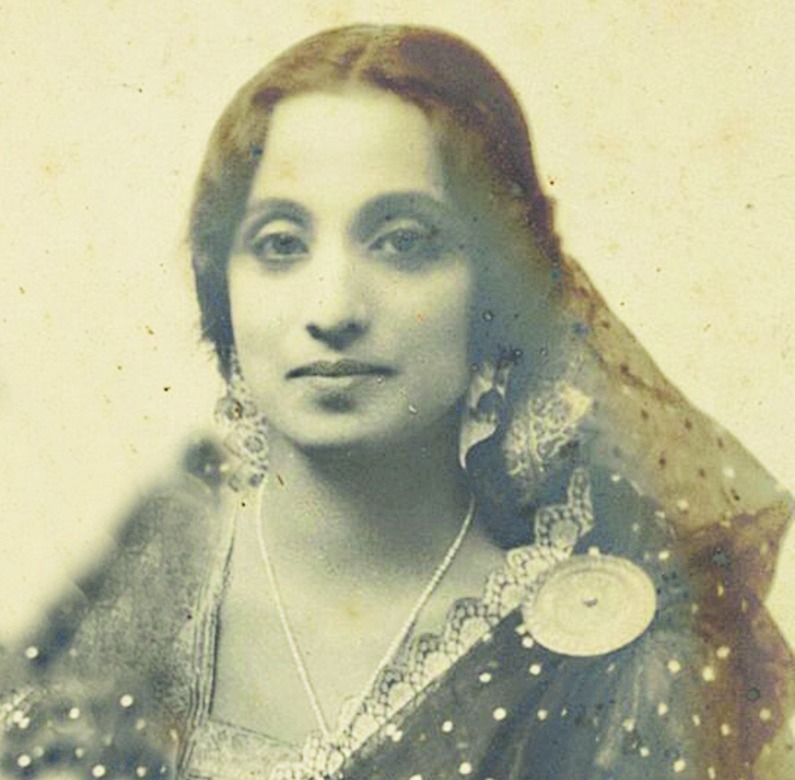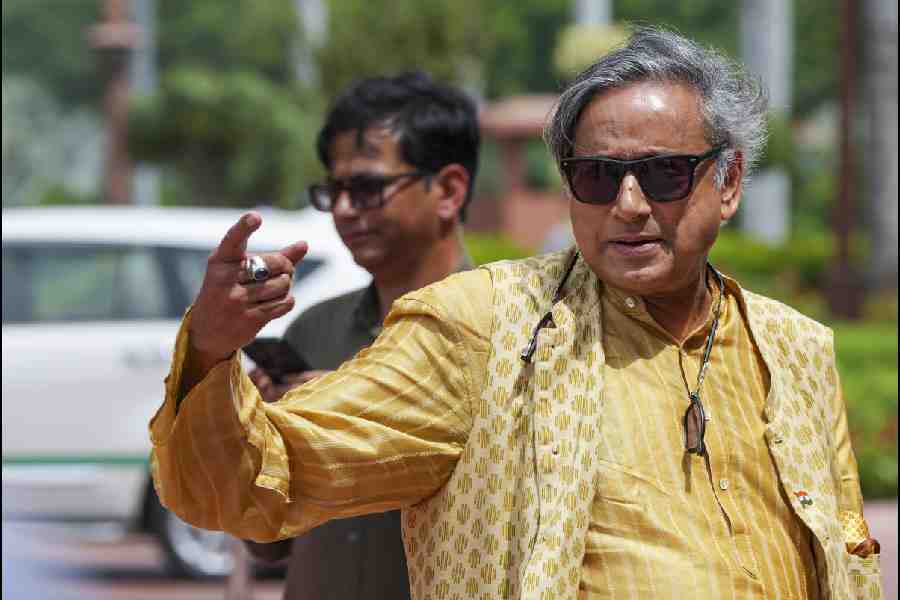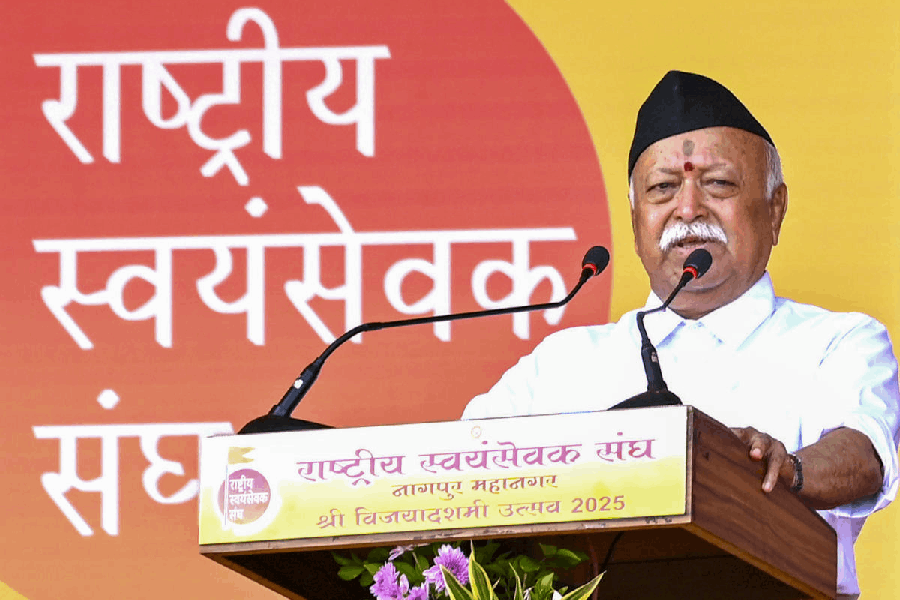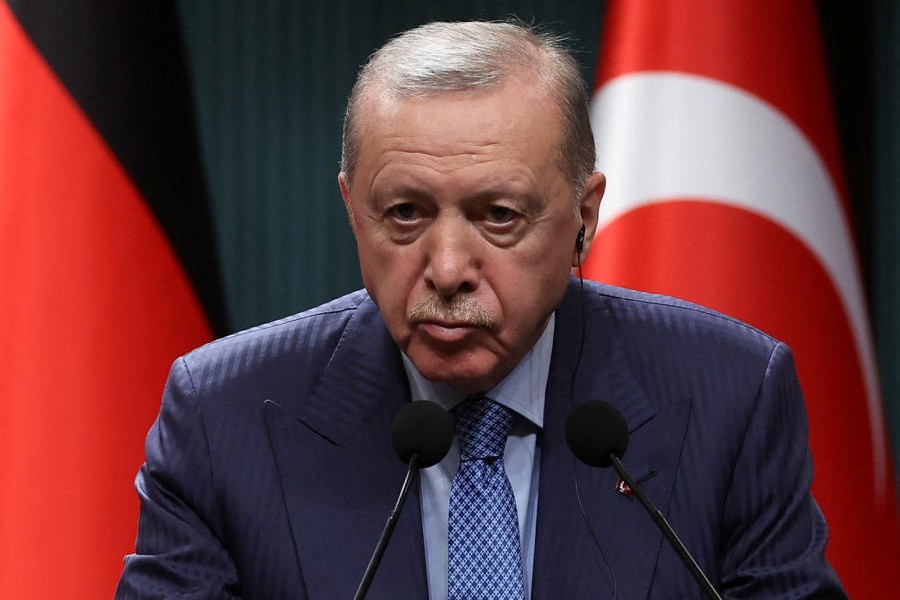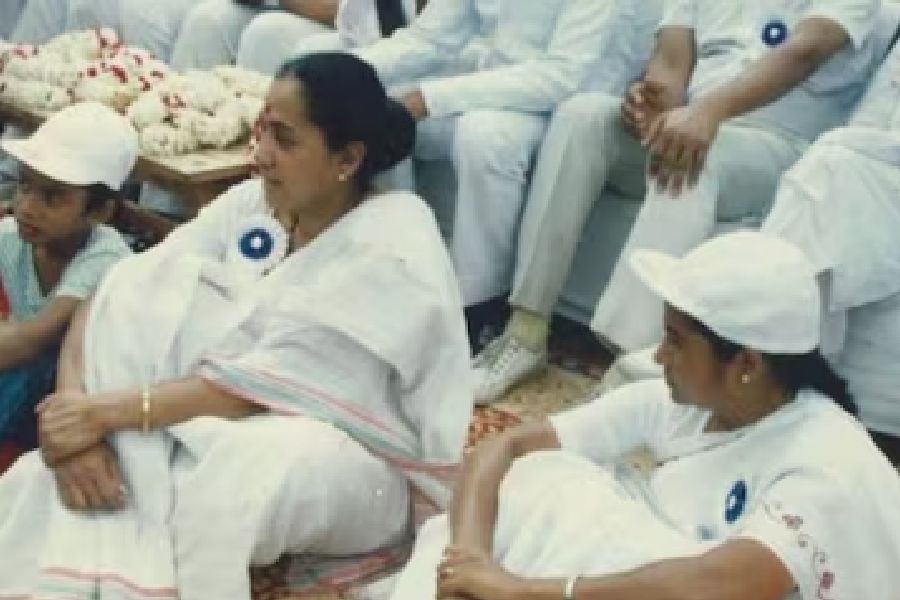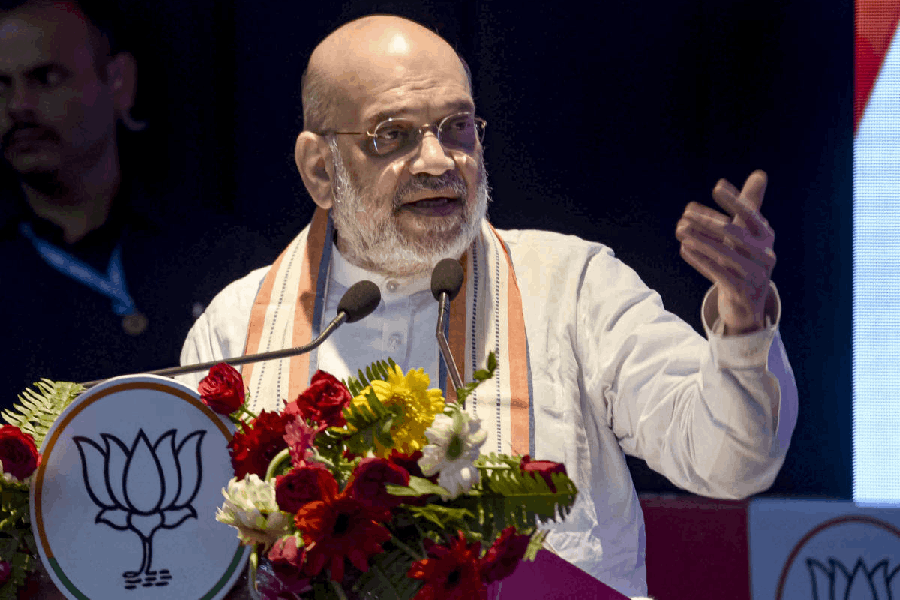
The banner head of Chicago's Field Museum exhibition - "Looking at Ourselves: Rethinking the Sculptures of Malvina Hoffman" - displays an image of Kamala Sircar, daughter of Sir Nilratan Sircar. A life-size bust of this lady is among 50 striking bronze sculptures that are on display until the end of this year. A smaller study is with her family in Calcutta.
Kamala Sircar studied at Loreto House and Loreto College. After graduating from Calcutta University, she studied at St. Hilda's College, Oxford, graduating in 1924 with a BA in modern history. She returned to marry the younger son of Ramananda Chatterjee, uncompromising editor of the Modern Review and Prabasi. Involved in several social work organizations, she served as a member of the All India Women's Conference enquiry commission on the condition of women miners (1935). Possibly, her family's intellectual and artistic interests brought her in touch with Malvina.
Born in 1887 in New York, Malvina, daughter of the concert pianist Richard Hoffman, started sculpting at a young age. Upon his death in 1910, she moved to Europe with her mother and was accepted as Rodin's student. Malvina returned to Manhattan and spent a year at the College of Physicians and Surgeons, dissecting bodies to hone her ability to render human anatomy.
In 1930, she was awarded one of the largest commissions an artist has ever received. The Field Museum of Natural History in Chicago embarked on a very ambitious project to create an exhibit titled "Hall of the Races of Mankind". This was in keeping with the mission of natural science museums.
Natural history museums were established in the latter part of the 19th century as secular spaces for the study and popularization of Western science and civilization. Their displays showcased the natural world and cultures that were considered closer to it. Humans, it was held, represented the pinnacle of evolutionary progress - with Western man at its apex. Reflecting eugenic thinking, Sir Arthur Keith, an adviser to the museum, sought "to show that human physical and behavioral differences were caused by evolution" and could be assessed by measuring "skull size, skin color, lip and nose shape, and hair texture".
Malvina and her husband travelled around the world in search of authentic models; Kamala Chatterjee was one. Malvina eventually sculpted and cast 104 bronze works, including busts, full-length figures of individuals, and some family groups. These sculptures were rendered with precise bodily detail.
The Hall of the Races of Mankind, unveiled in 1933, was an immensely popular exhibit that ran for over 30 years. The 104 figures were presented to the public as representatives of various types/races, where physical characteristics signified differences in moral character and intelligence.
The exhibition was featured at the Century of Progress International Exposition, the Chicago World's Fair of 1933 that celebrated the city's centennial. The Museum also published a Map of Mankind where Malvina's sculptures formed a border surrounding a map of the world. The map, also in booklet form, was distributed very widely, making her sculptures well known. They were considered among the finest racial portraits ever created.

During the 1960s, the relevance of the display was questioned for perpetuating an older typological approach to race. The idea that people could be classified from the most primitive to the most civilized of races had been scientifically rejected and was no longer socially acceptable. In 1969, the exhibition - which had been visited by over 10 million people - closed and the collection dispersed around the museum.Today we know only too well that variations in genetic make up do not correspond with racial types. While racism persists in practice it is not shored up by pseudo scientific theories presenting the people of the world in hierarchical order.
The beauty of the sculptures struck Alaka Wali, the curator of the current exhibition. She had 50 of them meticulously restored for the new exhibit that was launched in January this year. The show reminds us of earlier distortions through which race was defined and (mis)understood. Films and explanations accompanying the exhibit roundly disavow the race theories that motivated the original exhibition, and the pernicious impact of such racialization is stressed. The current exhibition is as much a function of its times as was the earlier one. It overturns the rationale of the previous exhibit. Only the sculptures on display remain the same.
The bust of Kamala Chatterjee features again in this second exhibit. She is portrayed with dignity, her hair neatly tied back in a chignon. I had the good fortune to have known Kamala Chatterjee when she was a much older lady. Yet, the resemblance Malvina captured is striking and in keeping with the grace and refinement that characterized her. Conceivably, Kamala and Malvina had much in common. They came from artistic and intellectual families,were well travelled and exposed to contemporary global ideas in arts and letters.
The museum's website also presents a bust of a beautiful and majestic bare-breasted Mangbetu woman, and a Sudanese woman named Nobosodrou, who has an elaborate hair style and is portrayed as deep in thought. There is a young Asian man in his high-collared Chinese shirt, his hair cropped short, and a Tamil man climbing a tree.
The exquisite sculptures are still rightly admired for their expressiveness and dignity. Edward Rothstein writes in the Wall Street Journal: "Despite the project's initial motivations, over and over, Hoffman gives us the sense that we are looking not at racial types but at individuals with particular personalities... There are ... no signs of racial hierarchy or condescension or an imposed conceptual grid - other than the one being created by the current exhibition."
Clearly, Malvina's artistic skills and temperament enabled her to capture the dignity of her subjects. The range of individuals selected by Malvina indicates she was not confined to narrow racial hierarchies. By selecting Kamala as a model of a Bengali woman, she consciously chose someone who was her social and intellectual equal. Her work embodies the complicated ways in which we look at culture and race, but, most importantly, detailed and nuanced portraits of individual persons emerge.
The exhibition is testimony to the work of an extraordinary artist with the ability to transcend the politics of race and create works of beauty that stand the test of time. The beauty of art is that both the artist and the work created cannot be confined to narrow political paradigms. Artists bring their sensitivities and understanding of the world to their creations. Viewers, too, make their own meaning and establish their personal connection to the art works they encounter resisting political imperatives.

